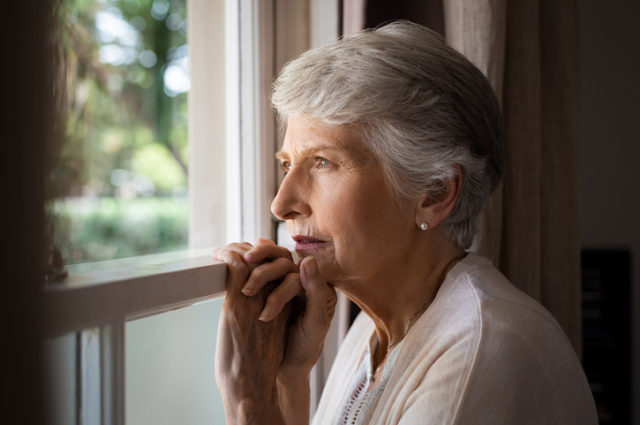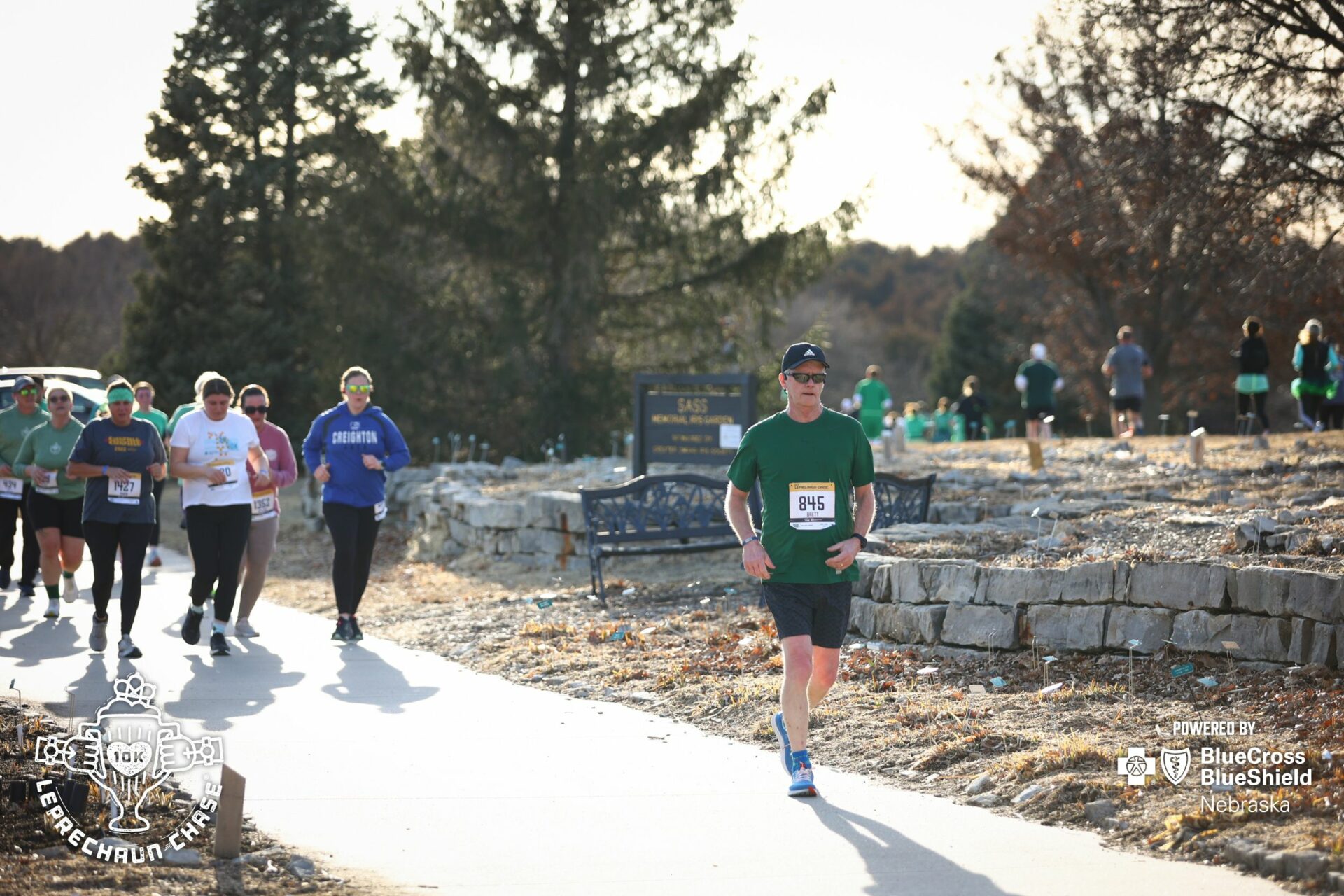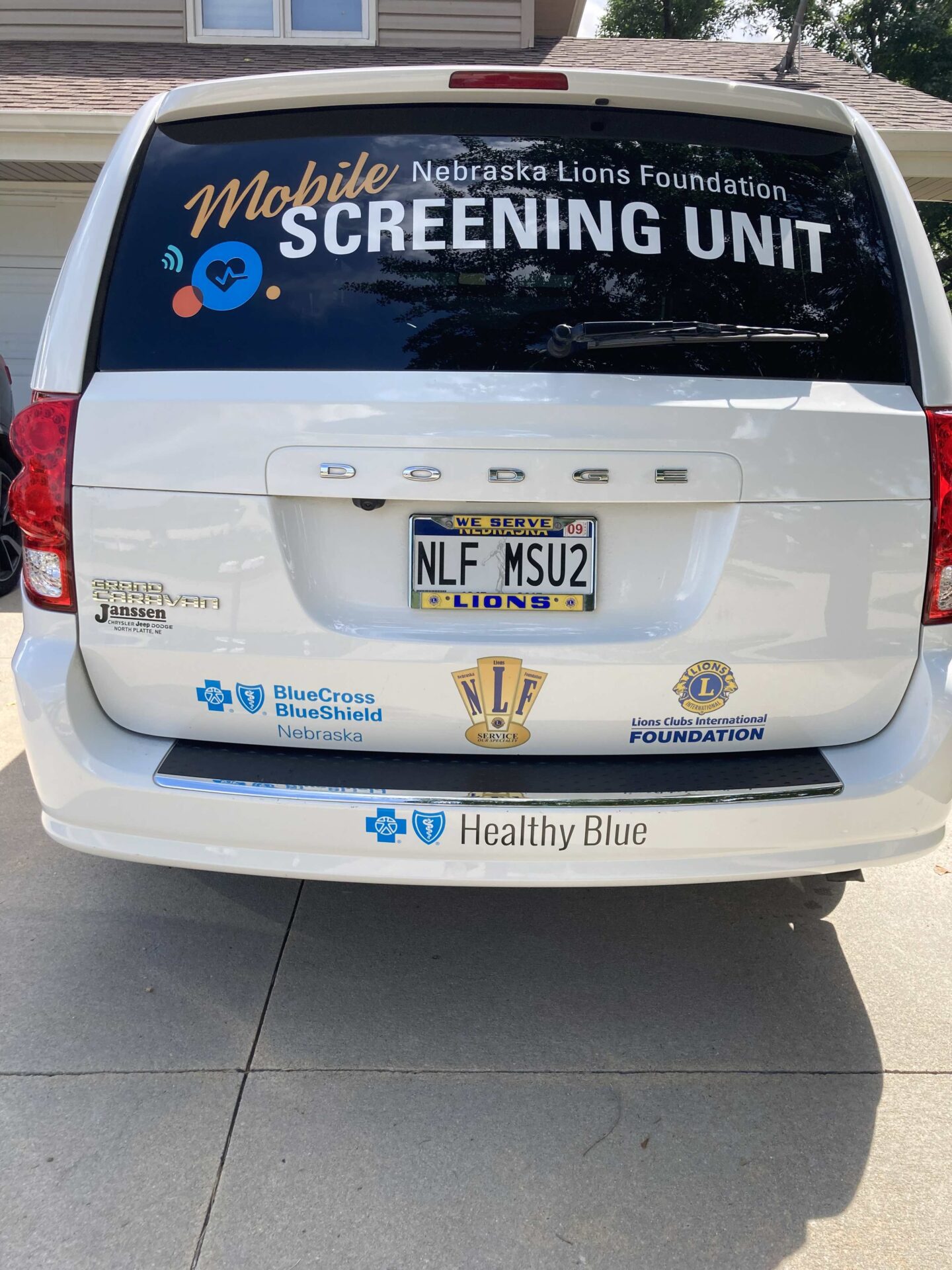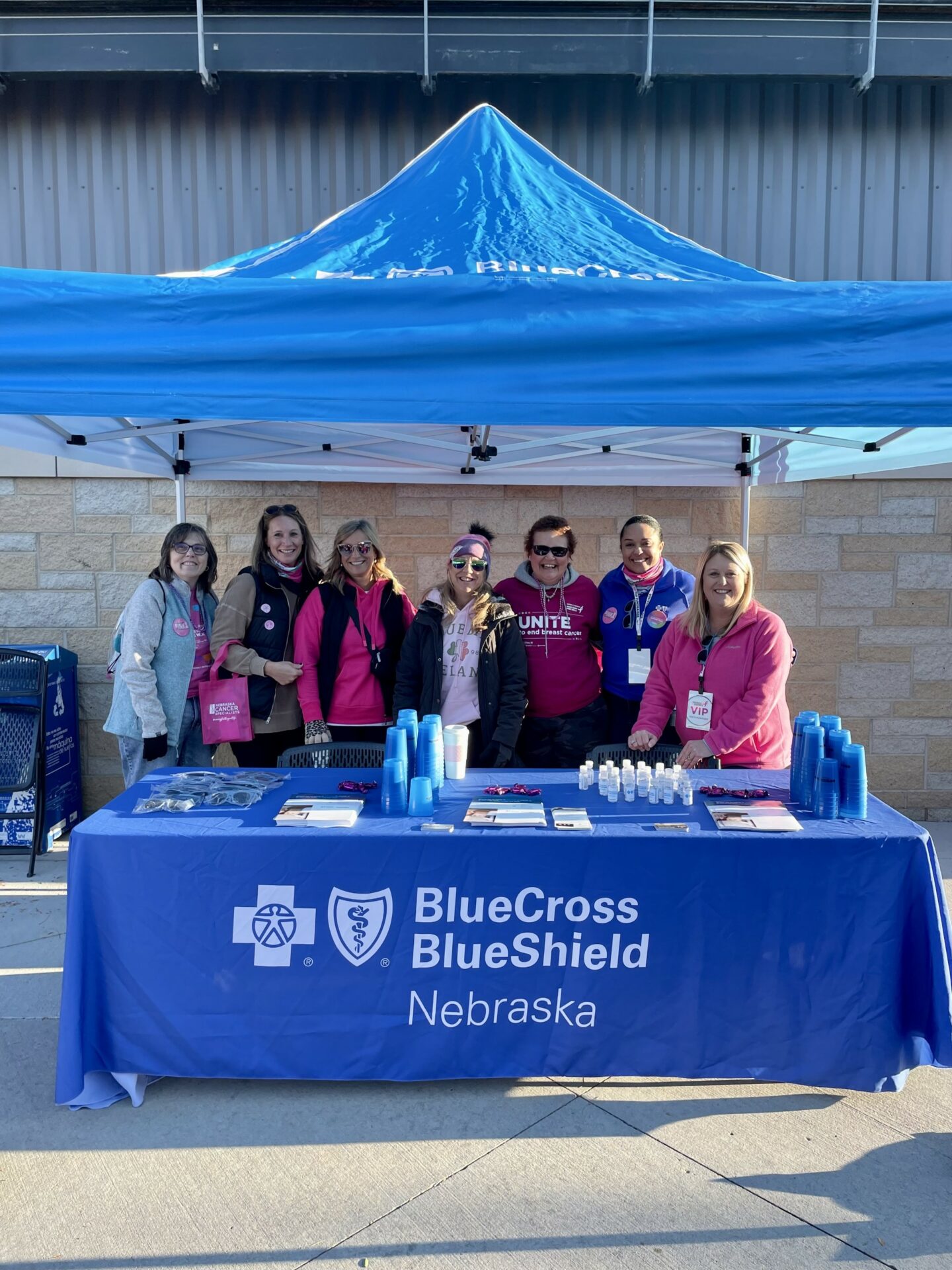Have you ever felt extra tired in the winter? We chock it up to the cold and snow. It’s dark when you go to work and it’s dark when you drive home. We know it will get better when spring comes and the days get warmer. To most people, this is just the winter blues, but for some, this is a serious condition. It’s called seasonal affective disorder, or SAD, and it’s a real disorder.
There are many reasons for SAD, but basically, it has to do with how much sunlight you get and how the changing of the seasons can affect the serotonin and melatonin that’s released in your body. Serotonin is a brain chemical that affects your mood. Serotonin levels can drop in your body when there is less sunlight during the day, and this drop may cause depression. Melatonin is a hormone that is released in your body more so when it’s dark outside. So, when it’s dark for more hours in the day, you may not sleep well at night. When you don’t sleep, you don’t have the resilience you need to handle other depressive symptoms.
SAD can occur with any season change, although fall and winter SAD is much more common than spring and summer SAD. Some of the symptoms you may feel are loss of enjoyment in things you like to do, feeling down, trouble sleeping and low energy. You may have trouble concentrating. Fall and winter SAD can cause carbohydrate cravings and weight gain that can go hand in hand with a lack of exercise. Females are more affected than males, and even teens and children can be affected.
If you just get the winter blues, try to follow a regular exercise routine and a good sleep routine. Do aerobic exercise; a walk outside, if possible, is best. To help get a good night’s sleep, surround yourself with more light during the day; sit by windows or turn on lights. Avoid screen time within two hours of bedtime. Meditation and relaxation techniques may help you rest and find a mind/body connection.
People with a history of depression may be more susceptible to SAD. If you feel truly depressed with the changing of the seasons, please see your health care provider. You may need an antidepressant or bright light therapy.
To read more stories like this, visit our Health and Wellness page.






